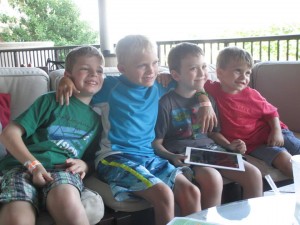Helping Kids with Social Skills in School and at Home
Feeling accepted and liked by others – that’s what we all want, right? Our kids who have a diagnosis of hemiplegia are already facing some exclusion due to having a slightly different physical appearance. Add in social or behavioral issues and their daily interactions with others may be frustrating. Many children with hemiplegia don’t find themselves necessarily rejected; they seem to face more neglect – being treated kindly, but finding themselves outside the group. Developing good social skills is possibly more important to our kids than learning to use a pincer grasp.
- Set up a social skills group at school – this might be a “lunch bunch” where the kids who are having social challenges meet for lunch in the school counselor’s office and indirectly work on social skills
- Children mimic adults. The teacher, coach or group leader should consistently demonstrate her acceptance of and affection for the child who is being isoloated or rejected. Modeling this behavior means other kids are more likely to accept the child.
- Social skills can be taught. Some children with hemiplegia will not naturally absorb social skills simply through observation. Role playing with your child can help. Talk about age appropriate situations and brainstorm about how to approach a situation, then actually practice the conversations.
- Watch movies and videos and talk about what the characters might be feeling. Practice reading faces with your child – make it a game.
Making Friends
Making (and Keeping) Friends: A Model for Social Skills Instruction




